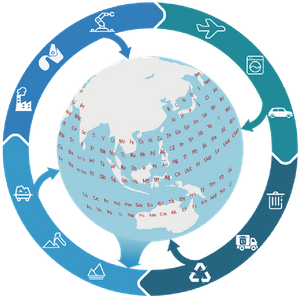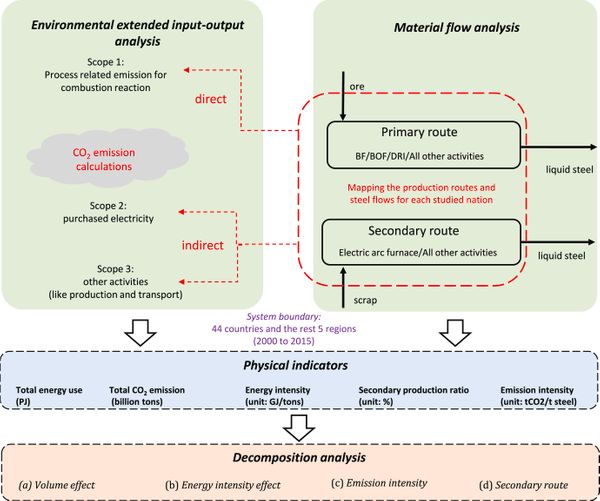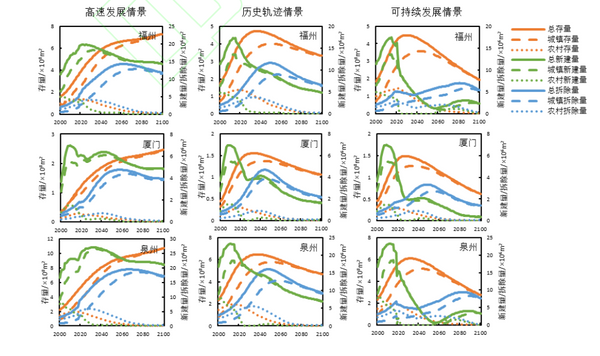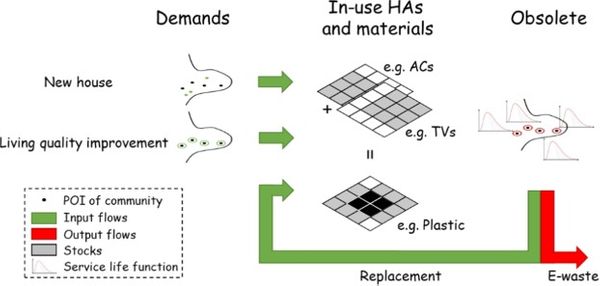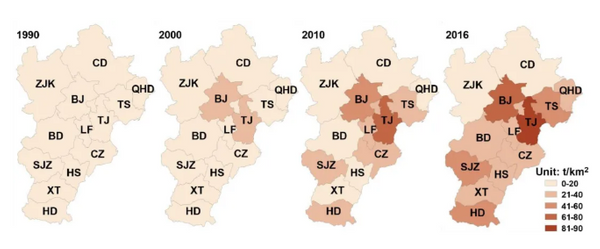Chu-LongHuang, MingXu, ShenghuiCui, ZirongLi, HongdaFang, PengWang
Resources, Conservation and Recycling
https://doi.org/10.1016/j.resconrec.2020.104861
Abstract
Copper is an essential element for electric vehicle (EV). Currently, little efforts have been directed toward understanding the EV-copper-resource-environment nexus. Autoregressive integrated moving average model combined with dynamic material flow analysis was developed for the nexus analysis in Fujian in China due to its vigorous EV promotion. Results showed that standardized passenger vehicle ownership would increase 3.34 times from 2018 to the peak year 2042, with about 12 times’ and 139 times’ increase of EV sales in baseline and aggressive scenarios respectively. Accordingly, EV-induced additional copper demand in Fujian would increase the same times as EV sales since 2018, leading to the expansion of copper processing that would incur increasing ripple effects, including 1) aggressive scenario's accumulative additional copper ore demand during 2013-2050 exceed 40 times Chinese reserve in 2016; 2) about 62% of on-road EV's CO2eq reduction compared with Fuel vehicle would be offset by CO2 emissions from baseline scenario's additional copper processing under Chinese power structure in 2018. Additionally, many other pollutants will also increasingly be emitted in response to the growing EV-induced additional materials’ processing, which can further extend ripple effects from local to global environment, and finally threaten global sustainability. The ripple effects indicated the importance of pyramid tip product catalog pedigree to promote international cooperation in products’ lifecycle management and extend cleaner production to cleaner consumption, efficient fleet cleaner production technologies, longer products’ lifespan, circular design, and cleaner power supply.
